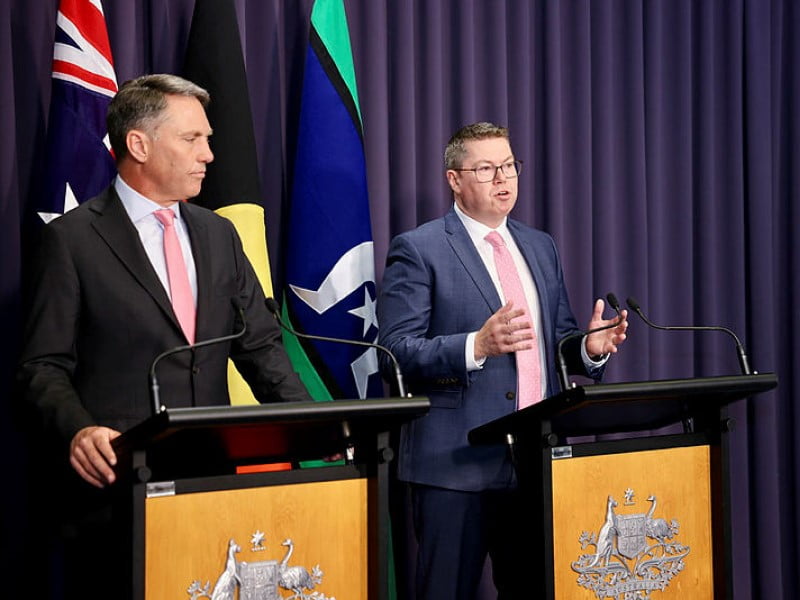The Senate’s inquiry into the Department of Defence’s support for the local industry will hone in on procurement, ‘sovereign capability’, and innovation after finding Australian suppliers are being “poorly leveraged”.
In an interim report published on Friday, the Senate accepted longstanding complaints that Defence needs to be clearer in what it expects from local industry and noted newer concerns that the Australian government has not articulated what it means by ‘sovereign capability’.

The Foreign Affairs, Defence and Trade Legislation Committee joins the mounting criticism of the current approach to outlining exactly what the local sector needs to provide.
In 2018, the Turnbull government released the Sovereign Industrial Capability Priorities (SICP) to specifically to outline capabilities deemed critical to Defence that must be developed or supported by Australian industry.
It currently includes 14 capabilities stretching from munitions and combat clothing to precision missiles, space, and information warfare. Around half the list is not defined in meaningful detail.
Defence Industry minister Pat Conroy has already committed to reducing the list and providing more detail on what remains, while promising exports will become more of a focus.
The Senate Committee agreed the SCIPs are “significantly flawed” and would benefit from being narrowed, because the local industry could better target its resourcing and investment in R&D, innovation and commercialisation.
The committee is due to report in March next year. It will now turn its attention to just how ‘sovereign capability’ should be defined and which priority areas need to be supported to maintain a sovereign industrial defence base.
New industry group the Australian Sovereign Capability Alliance told the inquiry there is no nationally agreed definition of sovereign capability with “an array of interpretations over what is, and what is not, a genuinely Australian owned company or enterprise”.
Other experts told the inquiry sovereign capability remains a “contested” and “nebulous concept” in Australia, while the contribution of local companies to it is also not understood.
Currently, the Department of Defence also has no reliable data on the number of Australian companies involved in procurement that relates to sovereign capability, and industry warned there are significant gaps in data on the share of Defence contracts going to local versus foreign firms.
“A key message conveyed by submitters was that government needs to provide clarity on which capabilities are required to be sovereign and supported onshore,” the interim report said.
“In order to achieve this clarity, Defence needs to have a wholistic understanding of Australia’s current sovereign defence industry capability which requires data collection and economic analysis.”
When the dots are connected, the actual procurement process is still a problem.
“The Committee acknowledges that Defence has work to do to improve its communication and collaboration with industry, as well as finding areas where the process can be streamlined.”
Sovereign capabilities, procurement, measuring industry capacity and “innovation pipelines” have all been recommended as additions to the committee’s inquiry.
Note: an earlier version of this article incorrectly attributed evidence from the Australian Sovereign Capability Alliance to the Advanced Strategic Capabilities Accelerator.
Do you know more? Contact James Riley via Email.

